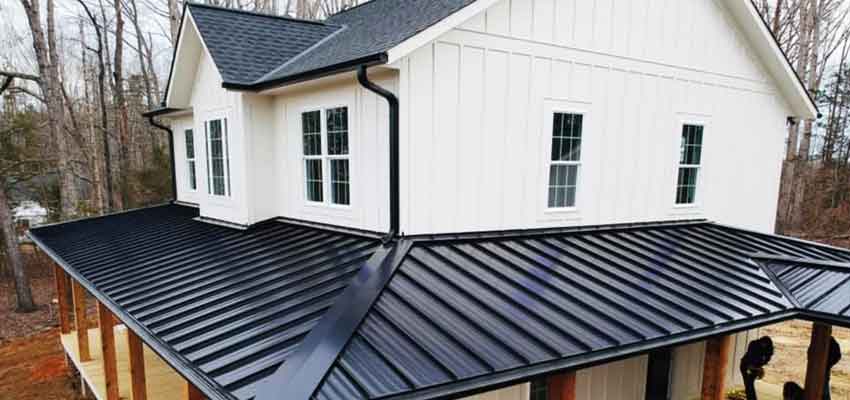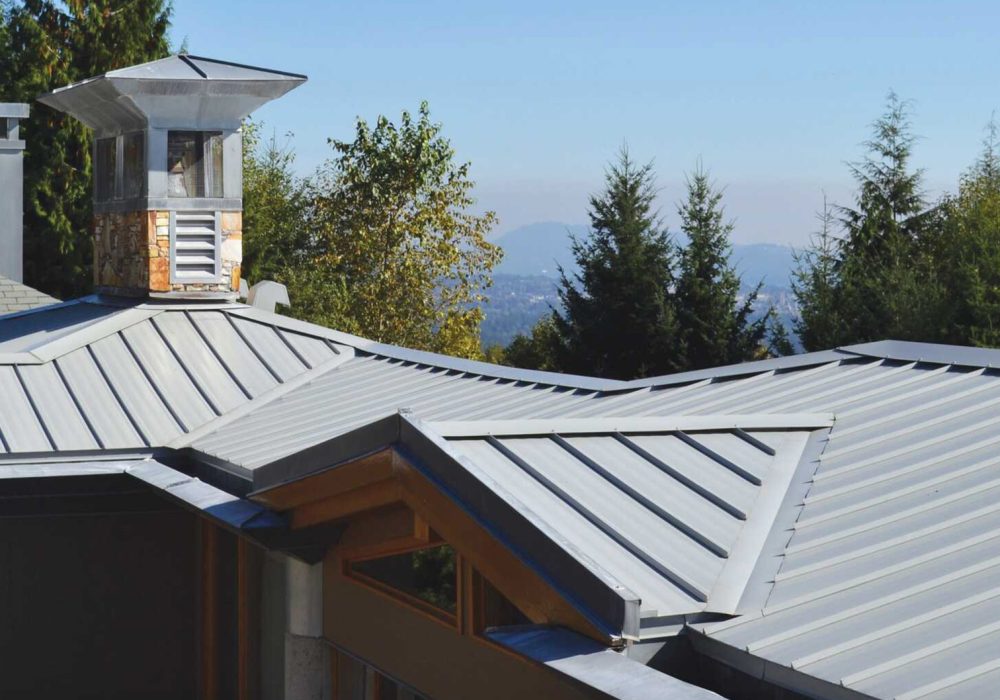Your home might be a fortress, but even fortresses need solid roofs. Between extreme weather, rising insurance concerns, and smarter materials, roof replacement in 2025 needs a modern take. Here’s what you have and shouldn’t do.
Do’s: What Should Be Done During a Roof Replacement
1. Prep Your Home and Your Neighbours
Furniture, photos, and breakables can shift from roof vibrations, so it’s best to move or secure them. Letting neighbours know avoids surprises and keeps things respectful during the noise.
2. Upgrade Material Wisely
It’s common to just re-use the same type of shingle, but better options now exist. Modern materials can offer longer life, energy savings, or better insurance perks.
3. Pick Weather-Smart & Safe Materials
Roofing with high wind or fire resistance is now widely recommended, especially in high-risk areas. It can improve home protection and may reduce home insurance premiums.
4. Demand a Detailed Estimate
Clear pricing helps avoid confusion and ensures both you and the roofer are aligned. A proper estimate lists all costs, materials, labor, and timelines upfront.
5. Schedule Around Weather
Roof work in bad weather can cause delays or poor results. Planning around the seasons helps ensure a faster, cleaner install.
6. Install Proper Ventilation & Underlayment
New standards emphasize airflow and waterproofing to protect against mold and rot. Proper install helps extend your roof’s lifespan and protect attic insulation.
7. Boost Curb Appeal & ROI
A well-chosen roof design can make a home look newer and more valuable. This becomes important for future resale or appraisal value.
Don’ts: What Should Be Avoided During Roof Replacement
1. Don’t Hire Storm Chasers
These are out-of-town crews who knock after storms and offer cheap deals. They may not be licensed or insured, and often cut corners or vanish after payment.
2. Don’t Use Cheap Materials
It’s tempting to save money upfront, but lower-grade shingles or underlayment wear out fast. This can lead to leaks, costly repairs, or total roof failure.
3. Don’t Ignore Insurance Implications
Not all materials qualify for discounts or coverage benefits. Missing these details can lead to higher premiums or denied claims.
4. Don’t Skip Structural Inspections
Damage to roof decking, flashing, or vents isn’t always visible from the outside. Ignoring it can lead to leaks that show up months later, after it’s too late.
5. Don’t Overlook New Standards
Roofing codes and materials have evolved, especially with tech and energy features. Missing those updates could mean your roof is outdated before it’s even finished.
Quick 2025 Roof Replacement Checklist
-
Prep home & community
-
Choose eco-smart, high-performance materials
-
Gather detailed estimates & confirm contractor licenses
-
Time the project to avoid extreme weather
-
Install proper underlayment, ventilation, and durability upgrades
-
Add tech where it counts (e.g., leak sensors, smart monitoring)
-
Preserve aesthetics and future property value

Final Word
Roof replacement isn’t just about covering leaks; it’s an investment in safety, sustainability, and comfort. If you follow these updated do’s and don’ts for 2025, you’re not just getting a new roof, you’re upgrading your entire home protection strategy.




